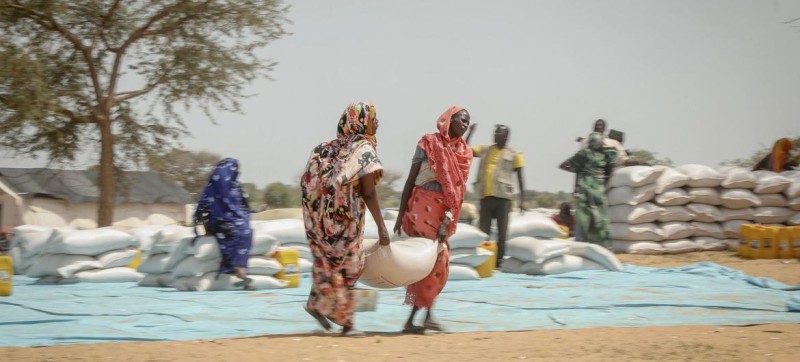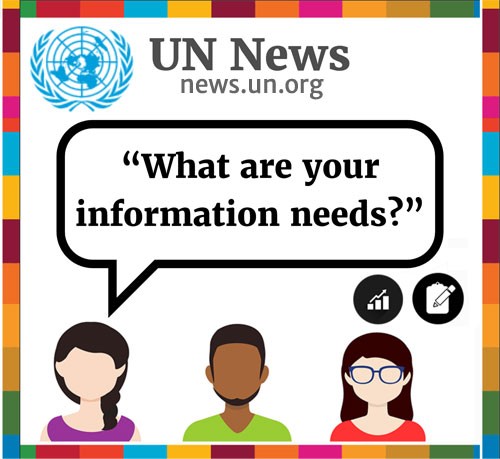
WFP/Marie-Helena Laurent Sudanese refugees in Chad collect food distributed by the UN.
Latest data from IOM’s displacement matrix indicates that the clash between the Sudanese army and paramilitaries has uprooted a staggering number of people, with more than 926,000 seeking refuge abroad and a total of 3.02 million internally displaced.
According to IOM’s latest humanitarian situation update, individuals have been forced to leave all of Sudan’s 18 states. Those with the highest proportions of displaced people are River Nile (15 per cent), North (11 per cent), North Darfur (9 per cent) and White Nile (9 per cent).
IOM field teams have reported that the majority of internally displaced individuals, 71 per cent, originated from Khartoum State.
The UN organization emphasized that the current estimate of displacements over the past 108 days surpasses the total recorded for the previous four years. But it also noted that access to many areas remains impossible because of the fighting, meaning that current assessments have been based on preliminary reports or estimates.
Shelter across borders
A total of 926,841 people have now sought refuge in neighboring countries such as Egypt, Libya, Chad, the Central African Republic, South Sudan, and Ethiopia. Sudanese nationals accounted for more than two-thirds of these arrivals, while foreign nationals and returnees made up the remaining third, IOM said.
To mark 100 days since the start of the conflict on 24 July, UN High Commissioner for Refugees Filippo Grandi said that it was “time for all parties to this conflict to immediately end this tragic war”, amid growing concerns for refugees fleeing Sudan.
According to the UN refugee agency, UNHCR, conditions have been “harrowing” for those reaching shelter in neighbouring countries, where displacement camps are overcrowded and the looming rainy season has made relocation and aid deliveries harder.
Echoing those concerns, the IOM also warned on Wednesday that the rains pose a significant risk of flooding and could exacerbate the already fragile conditions.
Horrors of war
Since mid-April, the conflict between Sudan’s armed forces and the paramilitary Rapid Support Forces (RSF) has caused displacement, death, injury and an unfolding humanitarian crisis. Reports of looting, attacks on public institutions and the occupation of private homes continue in the capital Khartoum, while clashes persist in four out of the five Darfur states.
Last week, the World Health Organization (WHO) reported cases of infectious diseases and other illness among displaced populations who have sought shelter in hard-to-reach locations, where health services are limited. The UN agency also reported that more than 50 health facilities have been attacked.
Although the WHO is supporting health services both in Sudan and bordering countries, the organization warned that the health crisis has impacted the entire region. And as efforts continue to bring about an end to the fighting, humanitarians fear that the situation could worsen for already vulnerable civilians caught up in the conflict.

2023 UN News User Survey
Thank you in advance for agreeing to participate in our survey so we can improve and tailor our products to your needs. The survey will take no more than 4 minutes to complete.

